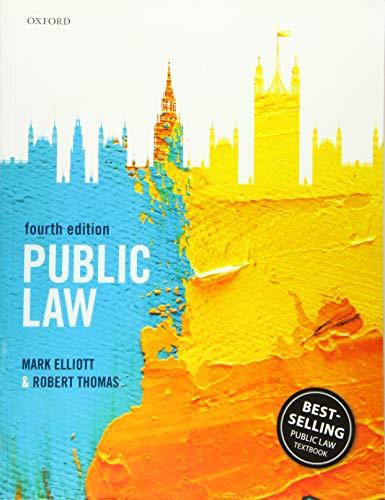Please answer question 1 and 2
EDGE The Tobacco Companies and Product Safety O n June 28, 2010, a mammoth case that had begun more than 10 years earlier finally showing the companies *researched how to target came to a definitive end. The case, U.S. their marketing at children and actively marketed v. Philip Morris et al., pitted the U.S. Department of cigarettes to children." Finally, the DOJ claimed that Justice (DOJ) against Philip Morris and eight other the companies had a duty to test their product, to cigarette companies, and had the DOJ asking that design a safe product, and to warn users of its dan- the companies be forced to "disgorge" and give to gers, yet the companies instead did no research and the government the hundreds of billions of dollars tried to suppress research on smoking risks, even they had earned since 1953. The DOJ argued that as they marketed a product that killed 400,000 to since 1953 the companies had conspired to deceive 500,000 Americans a year. And until forced to do the public about the risks of smoking and its addic- so in 1969, they did not warn smokers of the health tive nature, and so had operated as outlaw com- risks and addictive nature of smoking and they tar- panies as defined by the Racketeer-Influenced and geted children who could not adequately assess the Corrupt Organizations Act (RICO) which requires true risks of smoking. In 2006, in a 1652-page opin- convicted companies to "disgorge" the profits they ion, Judge Gladys Kessler of the U.S. District Court had earned. In 1953, the DOJ showed, the compa- for the District of Columbia ruled that the DOJ had nies met in New York and formed a group called fully proved its case against the tobacco companies. the Tobacco Industry Research Committee (TIRC) However, she also ruled against the DOJ's demand that began a "conspiracy to deny that smoking that the companies should be forced to turn over all caused disease and to maintain that whether smok- the profits they had made by conspiring to deceive ing caused disease was an 'open question' despite and harm the public since 1953. Instead, she ruled, having actual knowledge that smoking did cause the companies would only be "prevented and re- disease." In the 1950s, despite published research strained" from "committing future RICO violations." showing that smoking causes cancer, the group Almost immediately after Judge Kessler's decision, spent millions of dollars advertising that "there is no both the DOJ and the tobacco companies appealed proof that cigarette smoking is one of the causes" of her decision to the U.S. Supreme Court. Four years lung cancer. For example, one ad virtually shouted: later, on June 28, 2010, the U.S. Supreme Court de- "MORE DOCTORS SMOKE CAMELS THAN ANY cided that Judge Kessler's decision should not be OTHER CIGARETTE! Family physicians, surgeons, overturned and so rejected the appeals, bringing diagnosticians, nose and throat specialists, doctors the decade-long case to an end. in every branch of medicine ... a total of 113,597 doctors .. . were asked the question: "What cigarette do you smoke?" And more of them named Camel as their smoke than any other cigarette! Three in- 1. If the DOJ claims are true, as Judge dependent research groups found this to be a fact." Gladys Kessler determined, what do From the 1960s to the 1990s, the companies the three theories of manufacturers' du- spent hundreds of millions more advertising that * a ties imply with respect to the ethical cause and effect relationship between smoking and obligations of the tobacco companies disease has not been established." According to the and the extent to which they met these DOJ's evidence, the tobacco companies advertised obligations? that nicotine is not addictive even as they adjusted 2. Should the tobacco companies have the amount of nicotine in cigarettes and "controlled been forced to turn over the profits they the nicotine delivery of cigarettes so that they could made from their "conspiracy"? addict new users." The DOJ also provided evidence







